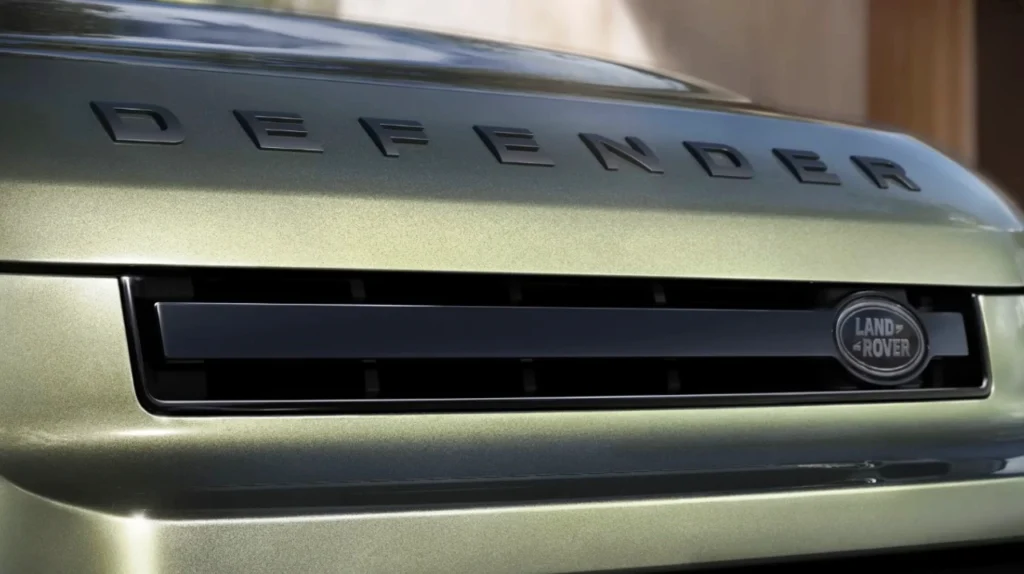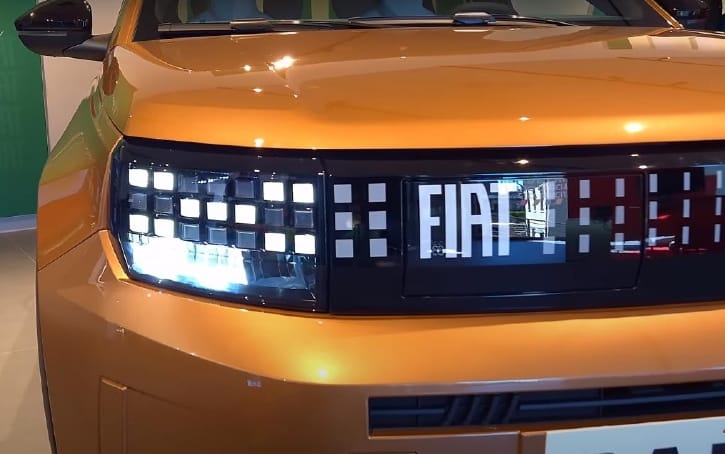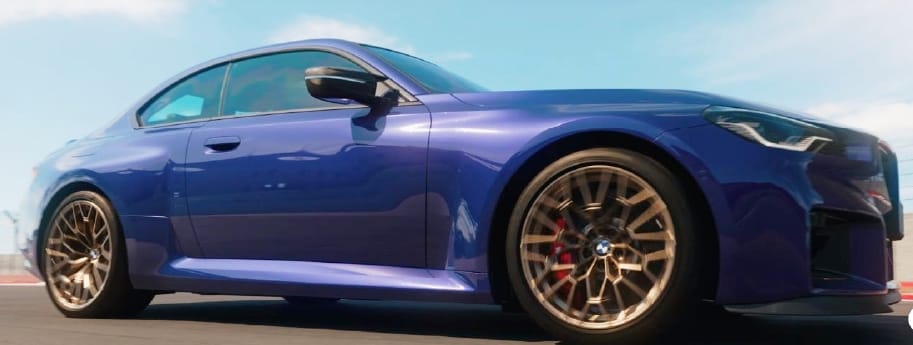2026 Land Rover Defender Review: From Mud Tracks to European Motorways
Discover the 2026 Land Rover Defender in Europe: A detailed, real-world review of its history, interior build quality, high-tech engines, safety, unstoppable features, pricing, pros & cons, and an unbiased verdict for adventure-seekers and city explorers alike.
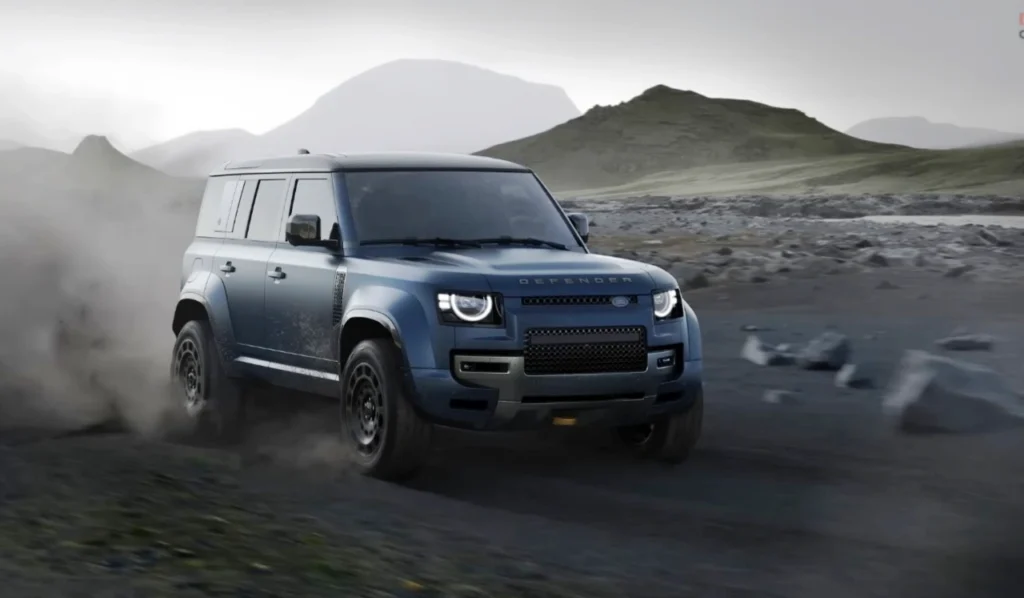
Introduction
There’s a part of the North York Moors that devours budget crossovers for breakfast. Probing ruts, slippery mud, sheep that stare you straight in the eye as though to say, “You’re not coming through here, mate.” And then, rolling up the hill with no fanfare at all, is the new 2026 Land Rover Defender — all-LED lights, big stance, and just so luxury to encourage the farmers to raise an eyebrow.
It’s been 78 years since the initial prototype of the Land Rover was drawn in beach sand and constructed on a Jeep frame. They required a farm vehicle back then that could plough a field during the day and drive to town at night. By the time the Defender name was conceived in 1990, it was already a global icon — worlds with expeditions across Africa, Arctic research stations, Royal safaris, and yes, lots of broken knuckles repairing the thing in some remote field.
But what now? We exist in an era where SUVs are accessorized with more chrome than cojones. Crossovers with imitation skid plates simulate adventurers. And then there’s the Defender — still around, still pure, but now with tech, comfort, and performance that makes it as much at home on the M25 as in a Welsh mire.
So, is this new Defender actually an off-road hero, a city-boy status symbol — or somehow, in some way, both? Let’s get under the skin.
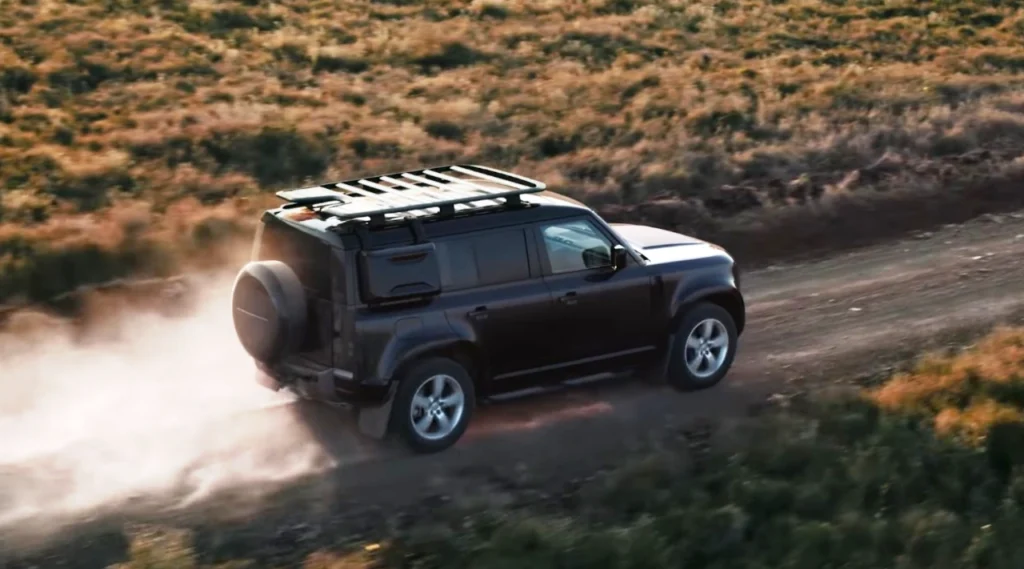
Interior: Craftsmanship for Muddy Boots and Monogrammed Loafers
Slide behind the chunky steering wheel and you’re greeted with a cabin that feels like a paradox in the best possible way. Yes, the floors can be rubberised and hosed down, the exposed screw heads still wink at the old Series trucks, and the grab handles are robust enough to hang off sideways on a rock crawl.
But take a closer look. Those robust pieces are combined with rich materials and careful consideration. Depending on your trim, there’s Windsor leather, luxurious carpets, metal trim pieces that will be cold and sturdy to the touch, and fresh recycled fabrics that satisfy sustainability enthusiasts without sacrificing that rough Defender toughness.
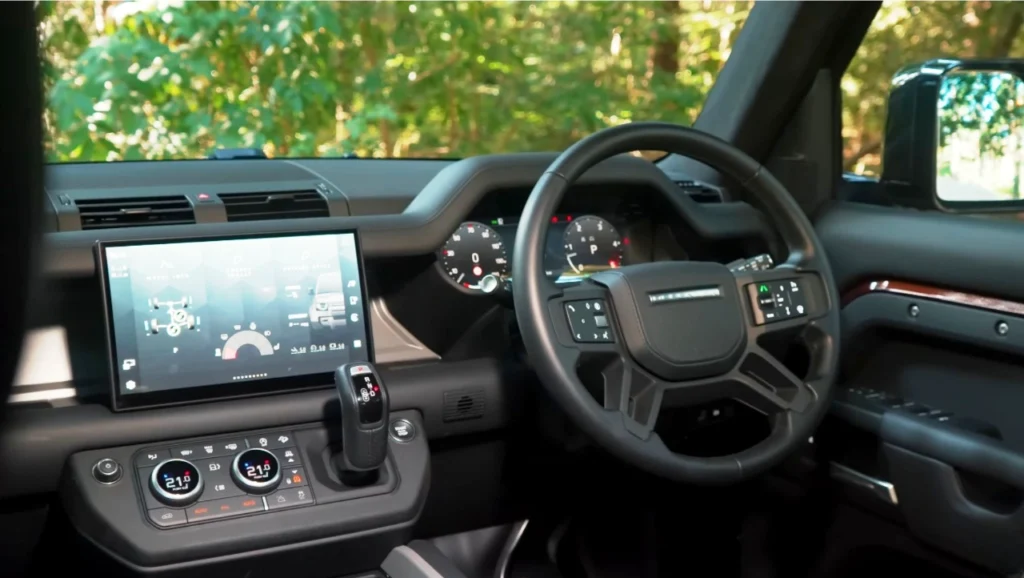
The technology — a big leap even over the 2020s version. The new 13.1-inch Pivi Pro touchscreen dominates the dash, and matching rivals for clarity and response time. Navigation updates wirelessly, voice commands are smarter than ever, and the ClearSight Rear View digital mirror means you’ll always see who’s tailgating your mud-splattered rear.
Seats? Supreme support — and extremely adjustable to help you stay comfortable on Alpine switchbacks as well as the IKEA parking lot crawl. All models now feature heated front seats at the very least, with ventilated, massaging ones on upper trims.
Storage is another clever trick. The center console gobbles up your monster water bottle, dog leads, and likely a drone to record your next muddy adventure. USB-C points proliferate.
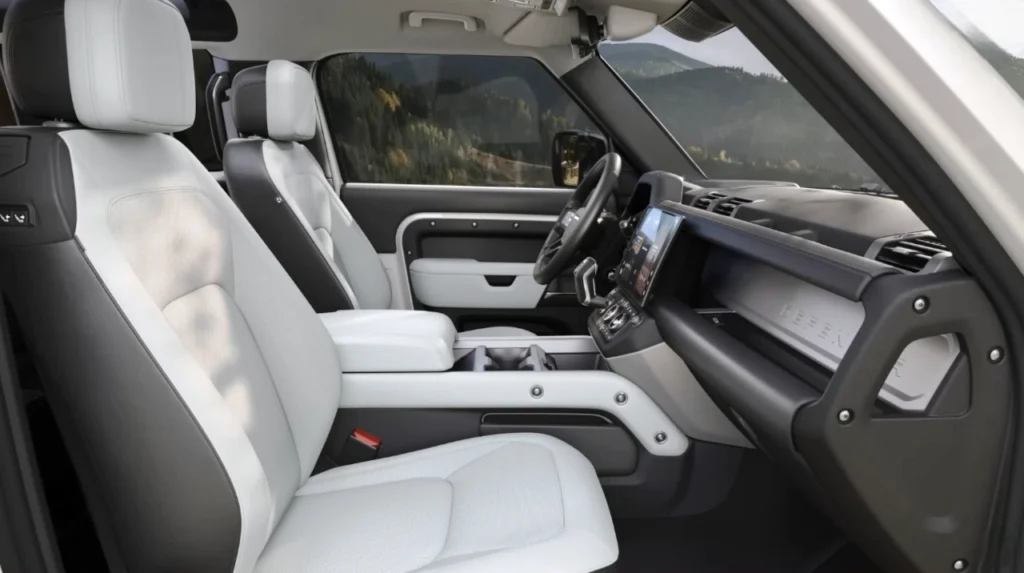
Performance: Choose Your Adventure
If anything sets the 2026 Defender apart, it’s how it allows customers to customize performance to their lifestyle — or pipe dream.
Let’s dissect, in depth, so you can choose your flavour:
Mild-Hybrid Petrols:
The workhorse for most European buyers. The P300 and P400 inline-fours and straight-sixes find a balance between punch and practicality. They’re refined, unexpectedly rapid, and enjoy mild-hybrid tech that gives a little electric push when required. For most urban commuters who desire Defender appearance but only intend to conquer kerbs and potholes, this is all the engine they will ever require.
Plug-In Hybrid P400e:
Now equipped with more practical EV range — approximately 50-55 km in real-world driving, ideal for daily congestion-busting commute without a drop of petrol. It’s the ideal loophole for urban areas cracking down on low-emission restrictions, allowing you to roll quietly through pollution zones. The changeover from electric to petrol power is instant. And when the battery runs out, you still get a 2.0-litre turbo petrol for the motorway.
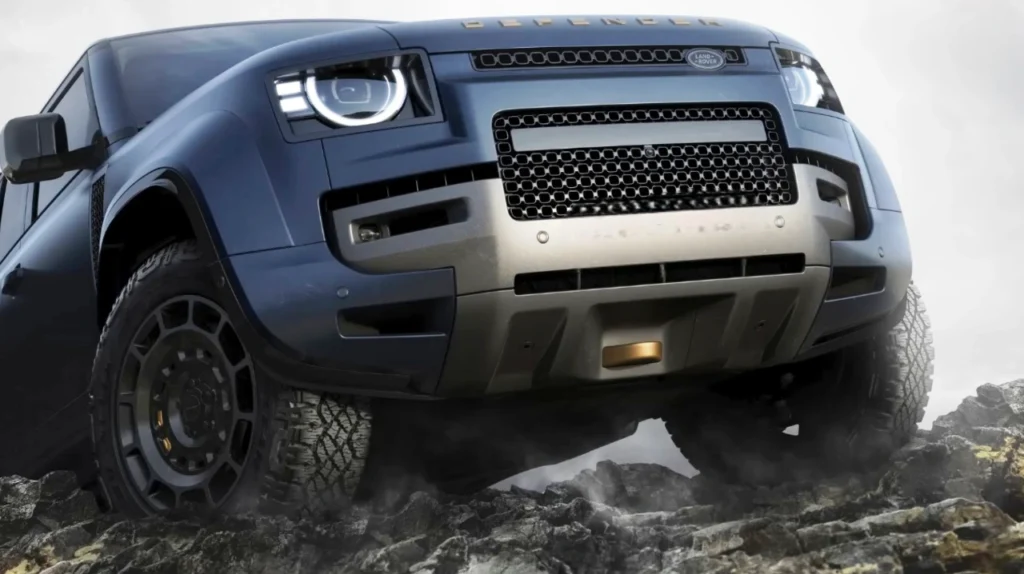
Diesel D250/D300
Popular in the UK, Ireland, Germany, and Scandinavia — essentially any place where distances are long and caravans large. These diesels are torque kings, perfect for towing horse trailers or overland equipment. They cruise quietly and can drink fuel if you drive carefully — a welcome advantage when diesel is still an expensive commodity.
OCTA V8:
The one they all mention in bars and on message boards. The new OCTA uses a BMW-supplied 4.4-litre twin-turbo V8, stuffs it under that bonnet, and delivers a mind-boggling 626 hp. It’s laughably wrong and precisely what makes the Defender so great. 0–100 km/h in around 4 seconds — in a giant box that can ascend a cliff. Thunderous pops and crackles and a smile every time you stamp on it.
Real-world note: Don't hope for V8 economy. Do hope to stop for gas more than you'd prefer. But also hope for other drivers to pull over when they hear you approaching.
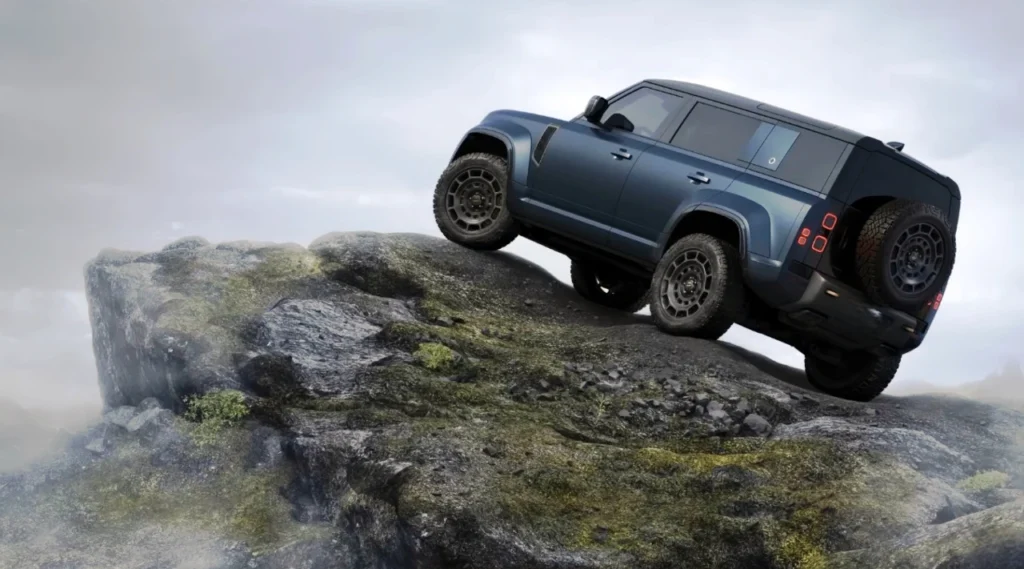
Safety: High-Tech Guardian Angel
Adventure is not much if you can’t make it home unharmed. The safety kit for the 2026 Defender is as remarkable as its brute power.
Standard fit comprises:
Adaptive Cruise Control with lane centring — a true blessing for long Euro motorway.
Forward Collision Alert and Automatic Emergency Braking that looks out for cyclists and wandering wildlife.
A Driver Condition Monitor that’ll alert you if you nod off after your fourth latte.
The 360-degree camera system for — revealing obstacles you can’t see, including underneath the floor due to the Clear Sight Ground View.
Off-road, it’s like having a non-complaining co-pilot — the new Off-Road Cruise Control adjusts automatically for speed, so you simply steer and appreciate the view. And that added ground clearance, join with intelligent sensors, means you’ll hardly ever hear that crunch beneath your floorpan.
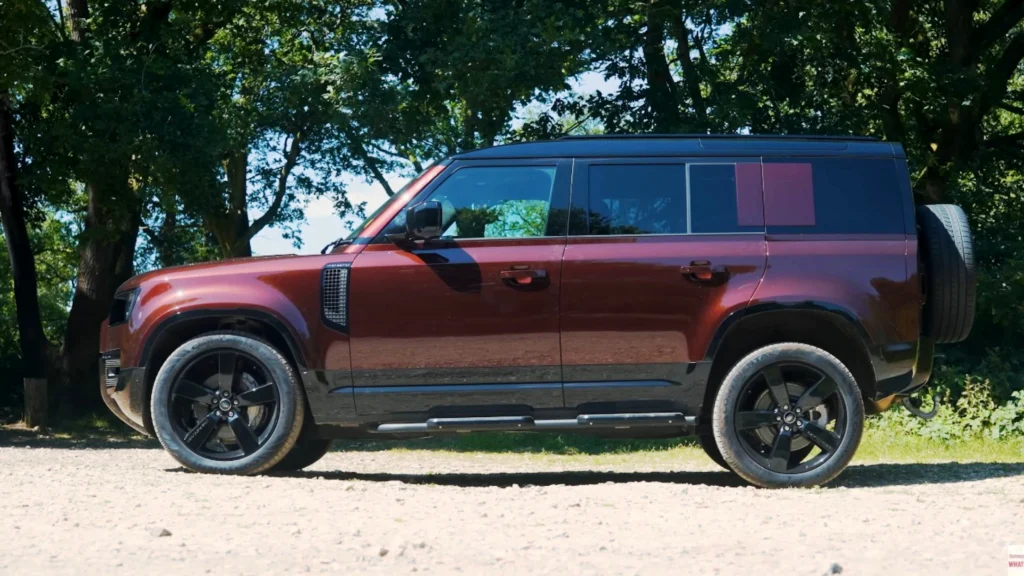
Off-Road: More Capable Than You’ll Ever Need
If you’re buying a Defender just to pose outside a countryside gastropub, it’ll do that with aplomb. But it’s built to laugh at rough trails that would leave lesser SUVs crying for rescue.
Wading through nearly a metre of water? No problem — the Defender’s door seals and elevated air intake mean it’ll plough through deep fords without a splutter.
Climbing rocks and ruts? The twin-speed transfer box and active locking differentials handle the torque juggling, while air suspension lifts the body high enough to clear big obstacles.
Towing a vintage Airstream to the Alps? 3,500 kg towing limit means you’ll hardly break a sweat.
Land Rover’s Terrain Response 2 is still the star here — dial in Snow, Mud, Sand, or Rock Crawl modes and the computers figure out throttle, suspension, and torque split. And if you’re the adventurous type, the Defender will happily spend a weekend in places where recovery trucks fear to tread.
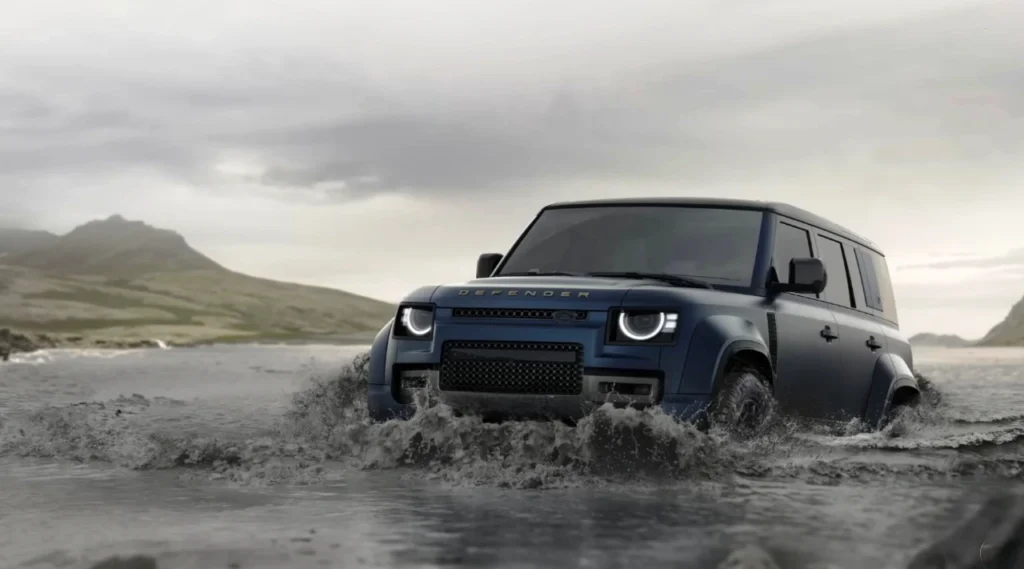
Pricing and Availability: Bring the Wallet
A Defender badge has never been cheap — but today, it’s also a status symbol. European prices for 2026 are roughly as follows:
Short-wheelbase 90 models from the mid €65,000 region.
The 110 five-door, quite easily the family sweet spot, will be around €70,000–€80,000, engine-dependent.
The plug-in hybrid P400e is around €80,000–€90,000, but can recapture savings in congestion-charged cities.
OCTA V8? Budget a minimum of €140,000–€160,000, and anticipate waiting lists if you desire the complete bells-and-whistles spec.
Most UK and European dealers already have order books open. As always, anticipate well-liked specs selling quickly.
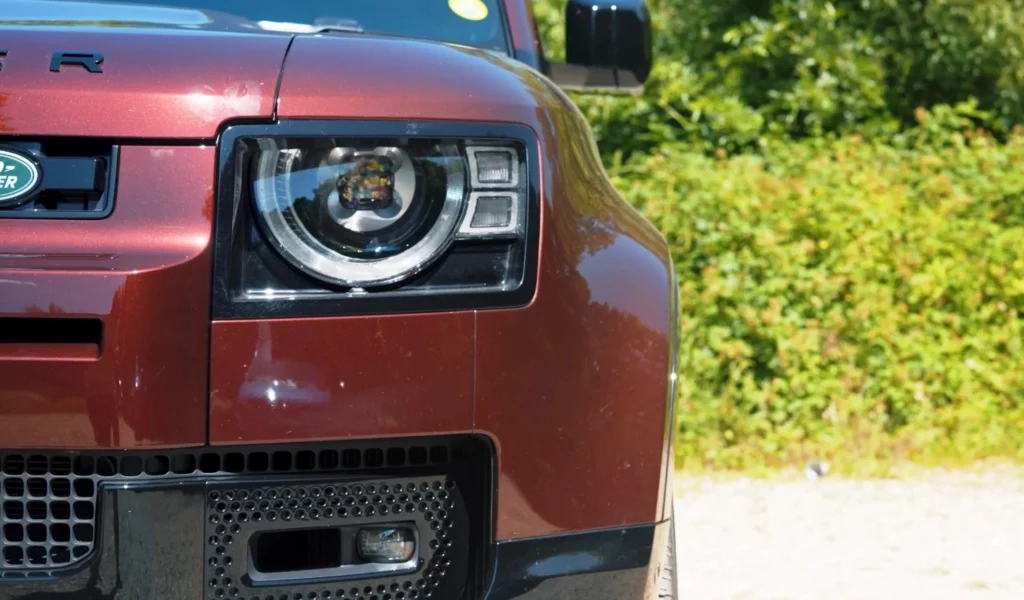
Pros and Cons
The Good
Legendary off-road heritage that’s more capable than before.
Wide range of powertrains — mild-hybrid, diesel, plug-in, or massive V8.
Premium, practical interior that’s designed for real life.
Smart tech that doesn’t belittle the driving experience.
Turns heads from Chelsea to Chamonix.
The Not-So-Good
It’s large — if you live in tight historic towns, prepare to master parallel parking.
Options and personalisation can drive prices astray.
The V8 drinks fuel like it’s going out of style (because it sort of is).
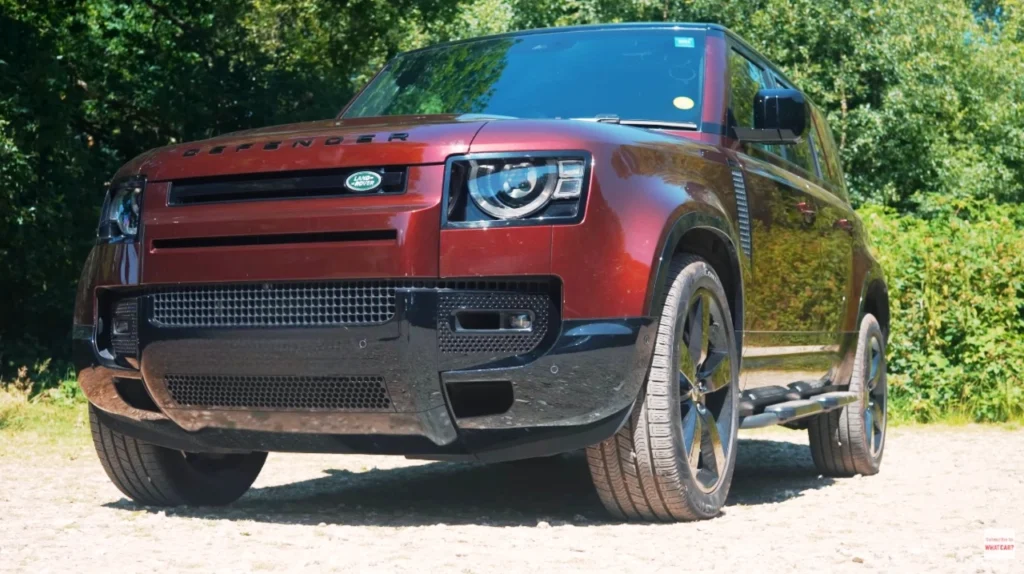
Final Verdict: Defender DNA Intact
So, is the new Land Rover Defender for real? Yes. It succeeds in being genuine in a world of pretender off-roaders — a proper, go-anywhere tank that also spoils you with soft leather and state-of-the-art tech.
It’s not ideal — but if you desire adventure spirit with everyday usability, nothing else nearly does it. The Defender remains the ultimate explorer’s tool — and an icon you’d be happy to park anywhere.
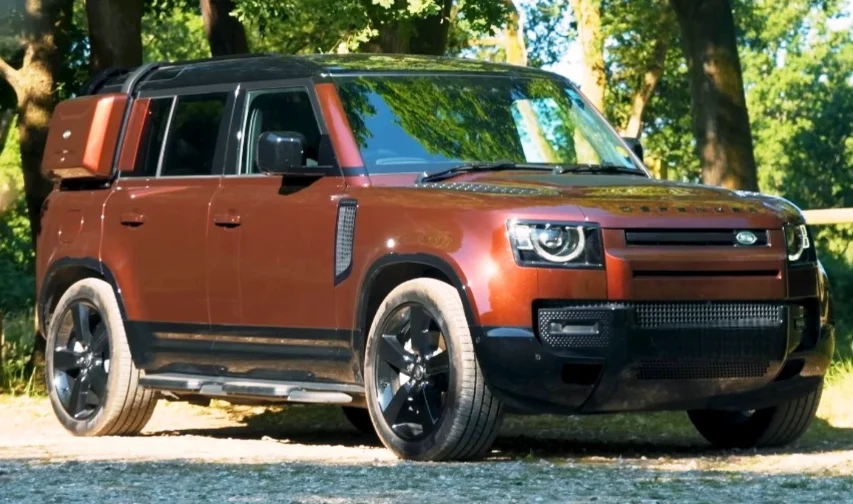
FAQs
Is the 2026 Defender worthwhile for everyday driving?
If you enjoy room, comfort, and don’t care about the bulk, it’s amazingly civilised. The plug-in hybrid is ideal for city commutes.
Is maintenance costly?
It’s a high-end SUV with sophisticated tech — repair costs aren’t low, but regular maintenance prevents headaches.
Can it actually go off-road?
Yes — and not only dirt roads. The Defender remains one of the planet’s most capable factory 4x4s.
Is there an electric Defender?
No— for now, the plug-in hybrid is the most environmentally friendly option.
